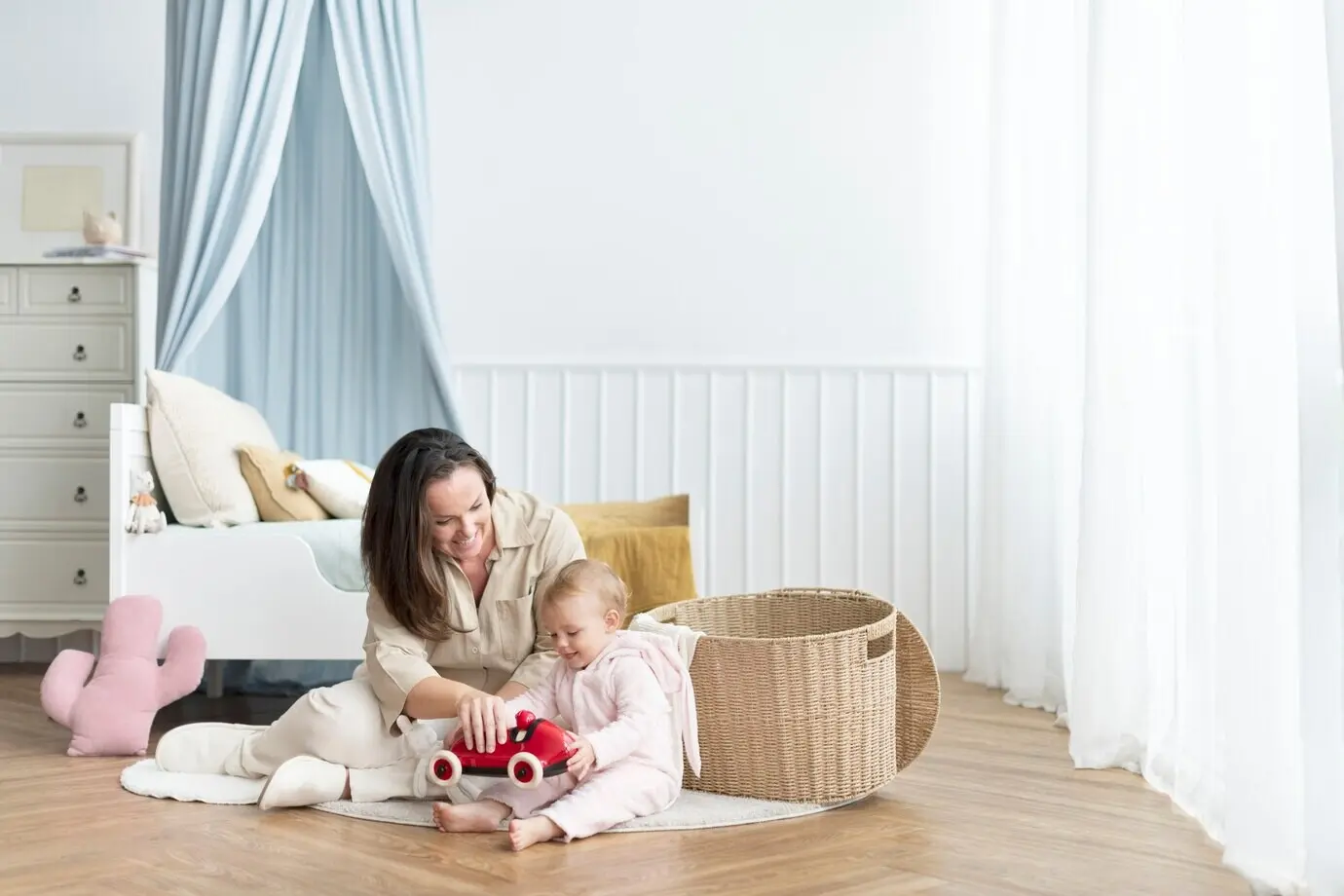Living Spaces that Breathe: Sustainable Materials and Eco-Friendly Finishes for Home Interiors
Foundations of Responsible Design
Embodied Carbon, Explained Simply
Embodied carbon accounts for the greenhouse gases released before a material even reaches your home. A lighter footprint often comes from reclaimed, recycled, or locally sourced options, alongside designs that use less material overall. Think thinner, smarter assemblies, fewer adhesives, and prefabricated parts. Small swaps add up, turning flooring, cabinets, and countertops into quiet climate allies without sacrificing strength, warmth, or daily comfort.
Certifications That Actually Matter
Look for meaningful labels such as FSC or PEFC for responsibly managed wood, GREENGUARD Gold for low chemical emissions, Cradle to Cradle for circular design, or Declare labels for ingredient transparency. Avoid greenwashing by reading scope and testing details, not just logos. When certifications are unavailable, ask suppliers for Safety Data Sheets, VOC content, and third-party test reports to verify performance beyond marketing claims.
Designing for Circularity from Day One
Plan assemblies so parts can be separated, repaired, and reused. Favor mechanical fasteners over permanent glues, modular pieces over single-use composites, and finishes that can be renewed without stripping everything bare. Specify standardized dimensions, request spare components, and document sources for future repairs. Circular thinking starts early, preventing wasteful tear-outs and keeping beautiful materials in service, season after season, project after project.
Wood Choices: Reclaimed, Fast-Growing, and Engineered Done Right
Stone, Earth, and Mineral Finishes with Quiet Strength
Soft Layers: Natural Textiles, Rugs, and Insulation

Choosing Fabrics that Breathe
Select natural fibers with credible certifications, then feel the weave. Linen cools in summer and softens with every wash, while wool cushions chairs and self-extinguishes small sparks. Skip permanent-press coatings and heavy fragrances. Prewash window treatments to minimize shrinkage, and line drapery with undyed cotton to protect from sun. Your skin and lungs notice these decisions daily, rewarding patience with lasting comfort and calm.

Healthier Rugs under Curious Feet
Look for wool rugs without mothproofing pesticides, natural latex backings instead of synthetic glues, and bindings stitched rather than heavily bonded. A good rug pad made from felt or natural rubber prevents slipping and extends life. Vacuum with a HEPA filter during initial shedding, and spot-clean using mild soap. Family spaces benefit from loop piles that hide wear while remaining gentle for play and pets.

Quieter Rooms through Natural Insulation
Cellulose made from recycled newsprint and sheep’s wool batts both dampen noise while moderating indoor moisture. They fit irregular cavities well and reduce thermal bridging when installed with care. Request fire and pest treatment details, seeking lower-toxicity formulations. Pair with airtightness improvements and vapor-smart membranes for balanced assemblies. The result is a calmer home where conversations, music, and sleep can happen without harsh echoes.




Finishes without Fumes: Paints, Oils, and Sealers
Furniture, Upcycling, and the Joy of Repair
Refinishing a Thrifted Treasure
A scratched walnut dresser from a neighborhood sale can become a quiet showpiece. Strip gently with a citrus-based product, neutralize, sand lightly, and finish with plant-based oil. Preserve small dents that tell its story. Replace only broken hardware, choosing solid brass or salvaged pulls. The result is lighter on the wallet, heavier with character, and refreshingly free from new-furniture off-gassing and flimsy construction.
Design for Disassembly in Everyday Pieces
Seek furniture assembled with screws and knock-down fittings rather than permanent adhesives. Replaceable seat covers, standardized fasteners, and accessible components make repairs fast and affordable. Choose finishes you can renew at home without specialized equipment. Document sources for parts, save assembly instructions, and label extra hardware. When life changes, these choices let you rearrange, upgrade, or pass items along without wasteful disposal or frustration.


